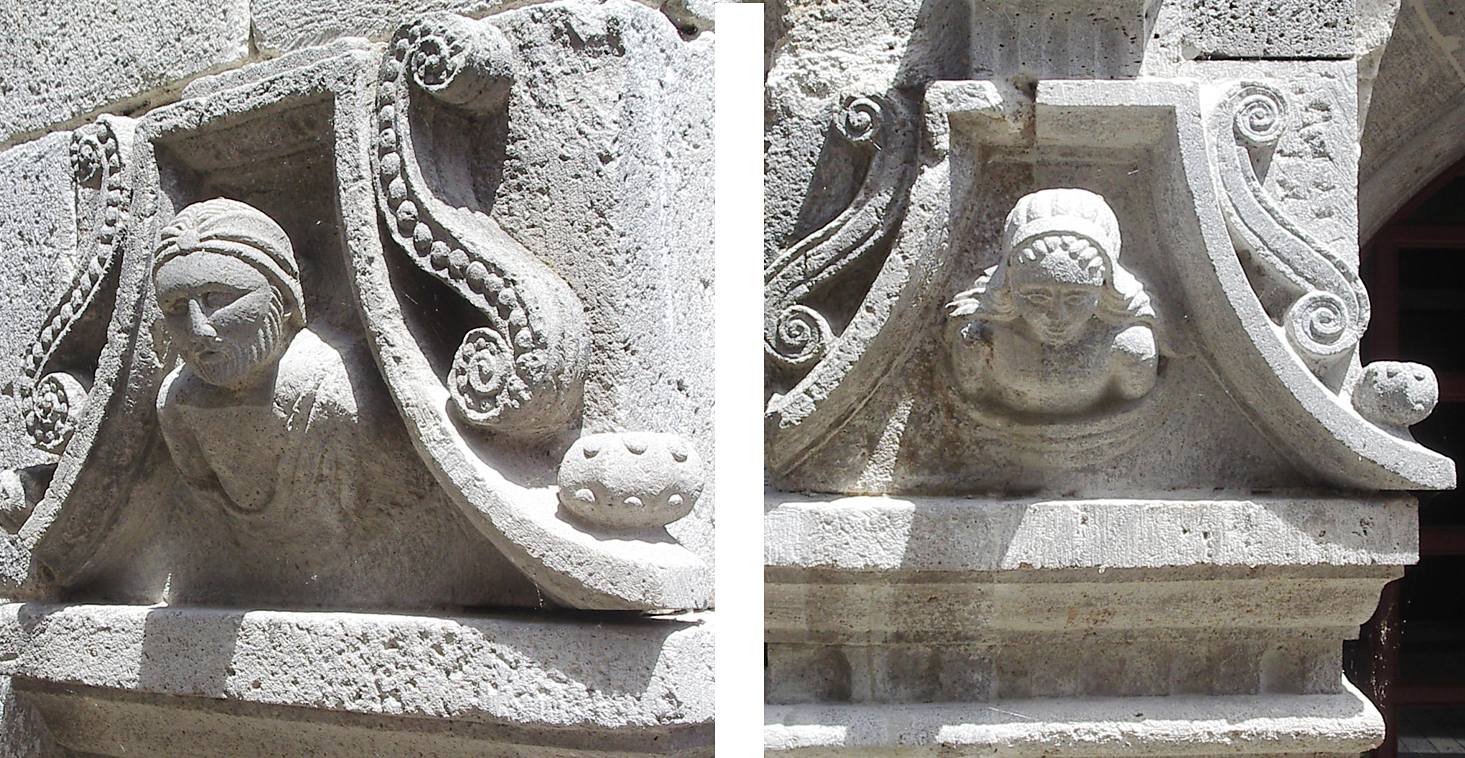Back in time...
During 148 years—from 1643 to 1791—the Carladès County was a dominion of the Monaco Princes.
Mur-de-Barrez rooftops
Since 1604, Honoré II de Grimaldi, Prince of Monaco, was reigning on the territory. On September 14, 1641, under the influence of the Cardinal de Richelieu, Honoré II signed the Péronne Treaty with Louis XIII, King of France. Based on the treaty's terms, Monaco was to become a French protectorate, although keeping its independence. However by signing it Monaco, who was protected by Spain, was to lose territories in favour of its former protector, the majority in (the actual) Italy.
Ruins of the dismantled château
For the next 150 years to come, relations between France and Monaco got regulated by this 14-article treaty. To note, the Cardinal de Richelieu was instrumental in the negotiation of the treaty. Incidentally, he was the one who directed the town's fortifications as well as the château to be demolished. Only traces can be found today.
The territorial clauses were confirmed later on at Saint-Germain-en-Laye on February 1643.
The King of France granted in compensation to the Prince of Monaco the Duchy of Valentinois—30 km or so south of Lyon—, the Marquisate of Baux, the town of Chabeuil, the Lordship of Saint-Rémy-de-Provence— all in Provence—, the Baronies of Calvinet and Buis—in Cantal, north west of Aveyron— and the county of Carladès—in Aveyron, where sits Mur-de-Barrez.
Although historically the area was named in the treaty Carladès, nowadays two names to two close-by areas are to be found. Carladez is an area in Aveyron comprising towns such as Brommat, Lacroix-Barrez, Mur-de-Barrez, Murols, Taussac, Thérondels whereas Carladès is located in the next Cantal with twelve towns.
May 2014, the town receives an official visit
Albert II of Monaco during his 2014 official visit
No visits from the Grimaldi family have been made to Mur-de-Barrez since then. 300 years passed and in May, 2014, the Prince Albert II de Monaco came for an official visit to the town of not even 900 inhabitants.
According to the medieval protocole, the Prince was to horseback ride around the town and vicinity to acknowledge and salute the habitants. Well, we do have to acknowledge the Prince spent only a couple hours in the little town, came and went on chauffeured in his Peugeot.
Details of sculptures found on a house; a male (left) and a female (right)
The Grimaldi Tower known as well as the Monaco Door
In the centre of the town sits the Monaco Square and the Grimaldi Tower which was the main entrance door. The medieval town was fortified from 1435 to 1440 and counted half a dozen circular towers on each side. The only left, the squared-shape and of black basalt being the Grimaldi one.
To note, Fualdès, the Aveyron judge whose grisly murder shook the entire France in 1817, had a house at Mur-de-Barrez. The house is still standing.
The church of Mur-de-Barrez, Saint-Thomas de Canterbury, which construction started in the second half of the 12th century and finished in the early years of the next century was demolished up to the transept around 1540 by the Calvinists.
The church, Saint-Thomas de Canterbury, Mur-de-Barrez
The recumbent statue used as a keystone
Only one of the seven chapels that existed around the high altar is still in existence today although detached from the church. Other portions were added around 1600.
The chapel possesses a peculiarity absolutely unique in France. Above the tribune, a recumbent statue is used as a keystone.
The church, dedicated to Saint Blaise, contains a 17th century altarpiece representing the assassination of Thomas Becket, Archbishop of Canterbury and patron saint of the parish.








